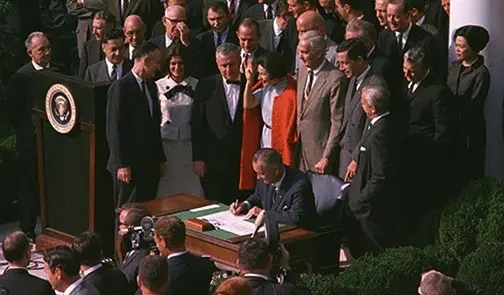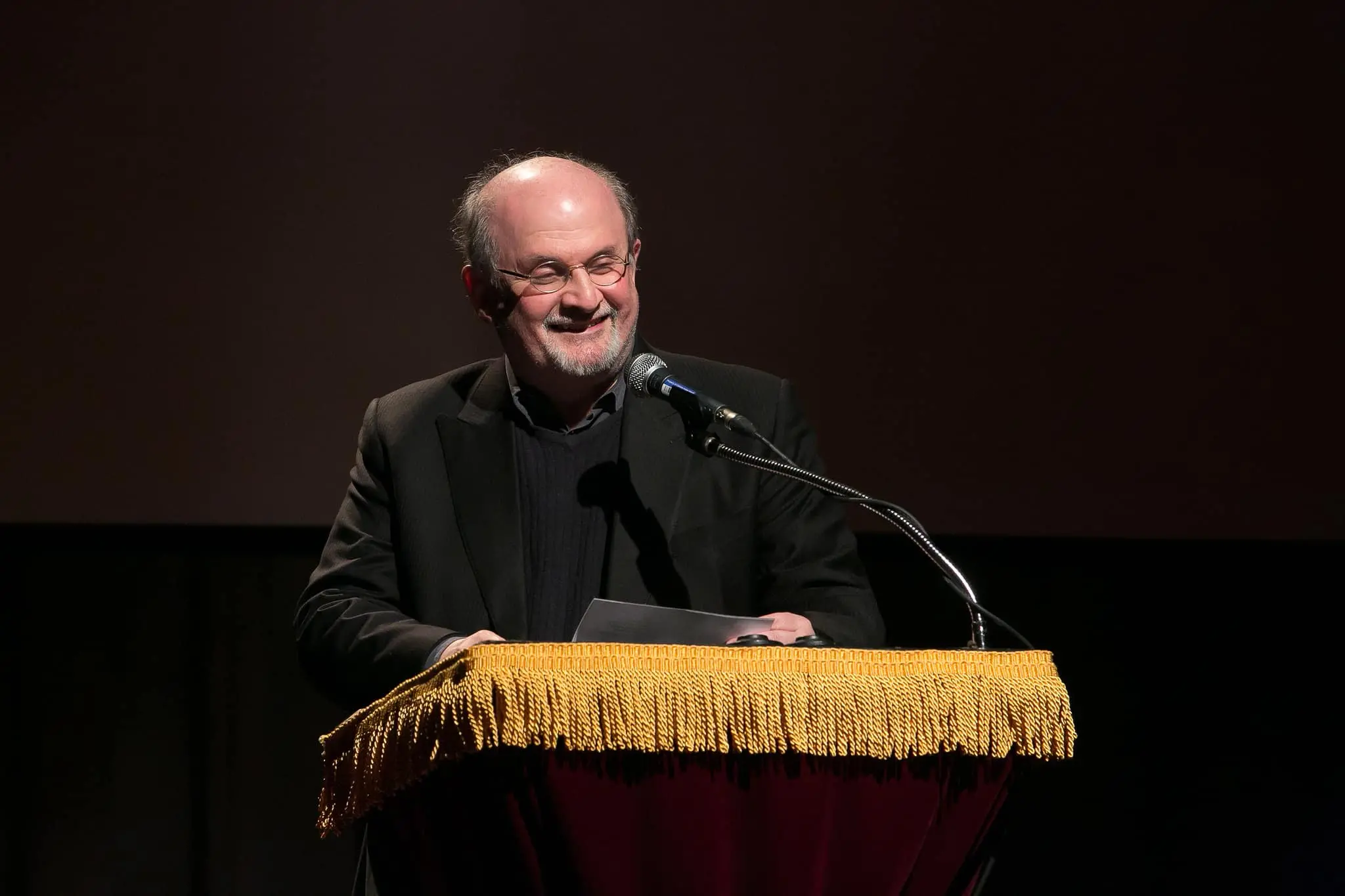In response to the current budget proposal to completely defund the National Endowments for the Arts and Humanities, PEN America asked Members to share their experiences with the NEA or NEH. From editors to historians to teachers to novelists, our Members have benefited from the NEA and NEH in a variety of meaningful ways. We present here a handful of their stories.
Belle Boggs, author, Mattaponi Queen
The NEA and the NEH have been invaluable to me both as an educator working in underserved communities in the rural South and as a writer seeking time and resources to explore and complete new projects.
As a high school teacher working in Alamance County, North Carolina, I saw firsthand the sustaining impact of NEA grant funding. South Arts, a program affiliated with and funded by the NEA, regularly funded artists and writers touring a part of the state they would not have otherwise had the resources to visit—it even brought writers into my classroom. I can vividly remember the explosively good lesson on poetry and memoir John Rybicki taught one of my high school classes and the impact his honesty about grief and anger had on my students, including one young woman (an aspiring poet herself) who had struggled with the same issues after the loss of a parent. His visit validated these themes in her writing and helped her to understand that she was not alone. His visit was funded by a South Arts grant to Lookout Books, a dynamic independent publisher housed at UNC Wilmington.
As a teaching artist working in Columbus County, North Carolina—a community struggling in the wake of enormous economic changes—I used a grant from the North Carolina Humanities Council (a program supported by the NEH) to fund a 2013 project that collected aerial images of former tobacco farms and oral histories of citizens who remembered farming life, then presented it back to all in the community. The NCHC funding allowed me and photographer Ken Abbott to buy art supplies for our high school class and create prints of their work for a special county-wide exhibition. Here is a link to an Orion Magazine blog post about some of our work.
And I do not think my second book, The Art of Waiting: On Fertility, Medicine, and Motherhood, would have been possible without my 2012 NEA artist fellowship. That award gave me the confidence to explore new approaches to storytelling as well as time away from the intensive work of K–12 teaching. The NEA also supports fearless independent presses like Graywolf Press, which published both of my books.
I am forever grateful to both the NEA and NEH, and regularly talk to my own (now graduate-level) students about the value of these organizations for their writing and teaching careers. It is devastating to think of the loss of this support for the arts and humanities to any of the communities where I have lived, written, and taught.




